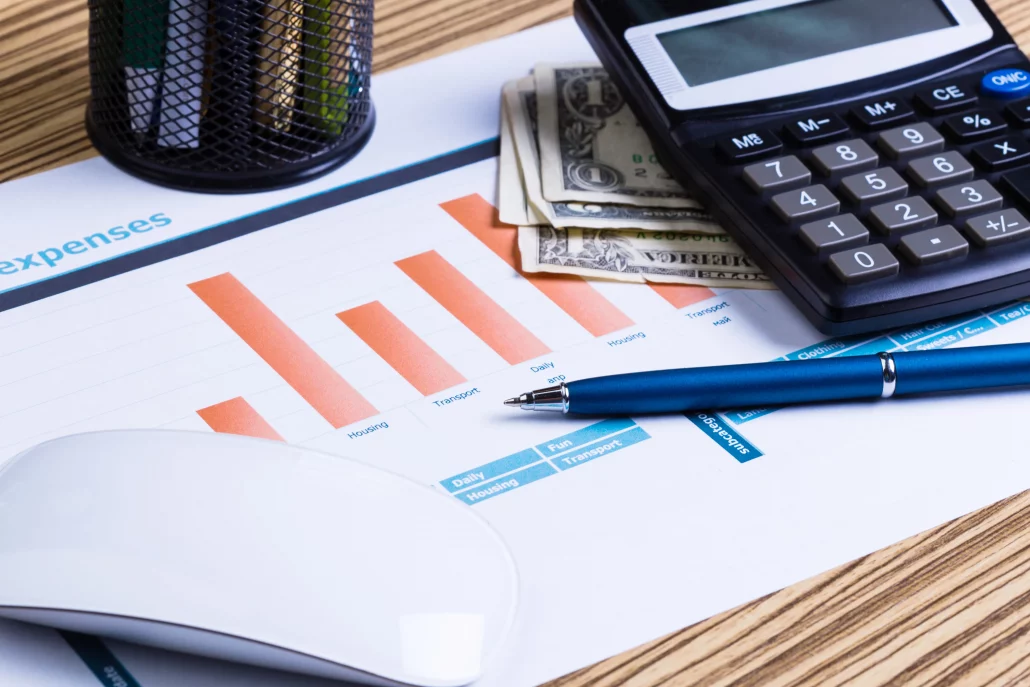Efficient management of accounts receivable (AR) is crucial for maintaining healthy cash flow and ensuring the financial stability of a business. Key Performance Indicators (KPIs) help monitor and improve the AR process by providing valuable insights into its efficiency and effectiveness. In this blog, we’ll explore 10 essential accounts receivable KPIs that can help improve AR collections and enhance overall financial performance.
Accounts Receivable KPIs
1. Days Sales Outstanding (DSO)
Days Sales Outstanding (DSO) measures the average number of days it takes for a company to collect payment after a sale has been made. A lower DSO indicates efficient collection processes, while a higher DSO may suggest issues with credit policies or collection efforts.
Try out our Days Sales Outstanding (DSO) Calculator here.
2. Average Days Delinquent (ADD)
Average Days Delinquent (ADD) measures the average number of days that invoices are past due. This accounts receivable KPI helps identify the effectiveness of the credit and collection processes in managing overdue invoices.
3. Collection Effectiveness Index (CEI)
Collection Effectiveness Index (CEI) measures the efficiency of the collections process by comparing the amount collected to the amount available for collection during a specific period. A higher CEI indicates a more effective collection process.
4. Accounts Receivable Turnover Ratio
De Accounts Receivable Turnover Ratio measures how many times a company collects its average accounts receivable balance during a specific period. A higher ratio indicates efficient credit and collection processes.
5. Bad Debt Ratio
De Bad Debt Ratio measures the percentage of receivables that a company considers uncollectible. A lower bad debt ratio indicates effective credit risk management and collection efforts.
6. Percentage of High-Risk Accounts
This KPI measures the proportion of accounts receivable that are considered high-risk based on factors such as payment history, credit score, and economic conditions. Monitoring this percentage helps in proactive risk management.
7. Average Invoice Processing Time
Average Invoice Processing Time measures the average number of days it takes to process and send out invoices. Shorter processing times can lead to faster collections and improved cash flow.
8. Invoice Dispute Rate
De Invoice Dispute Rate measures the percentage of invoices that are disputed by customers. A lower dispute rate indicates accurate billing processes and effective communication with customers.
9. Percentage of Overdue Invoices
This KPI for accounts receivable measures the proportion of invoices that are past due. Monitoring this percentage helps identify issues in the collection process and areas that require attention.
10. Cost of Collections
De Cost of Collections measures the expenses incurred in collecting accounts receivable. A lower cost of collections indicates an efficient and cost-effective collection process.
Conclusie
Monitoring and optimising these 10 essential accounts receivable KPIs can significantly improve AR collections and overall financial health. By focusing on these metrics, businesses can streamline their collection processes, reduce the risk of bad debts, and enhance cash flow management.
Learn more about B2BE’s Accounts Receivable solution.
About B2BE
B2BE delivers electronic supply chain solutions globally, helping organisations to better manage their supply chain processes, providing greater levels of visibility, auditability and control. We’re driven by a passion for what we do, inspired by innovation, and underpinned by a wealth of knowledge. With over 20+ years of experience, the B2BE teams operate worldwide.
Ga voor meer informatie naar www.b2be.com.

